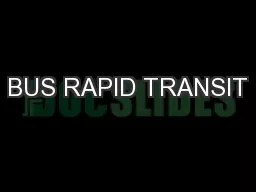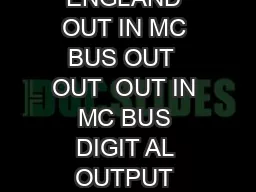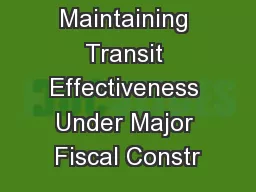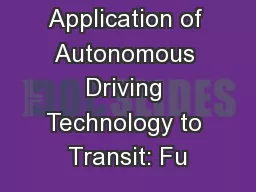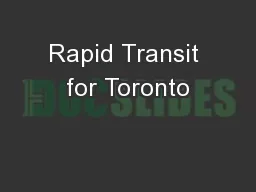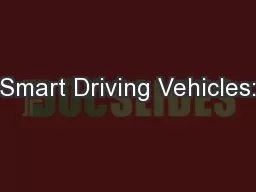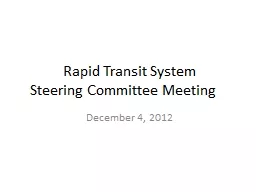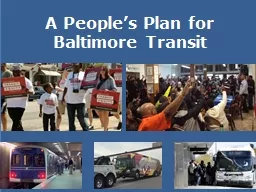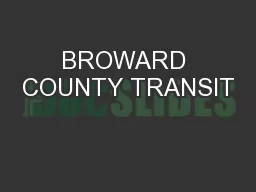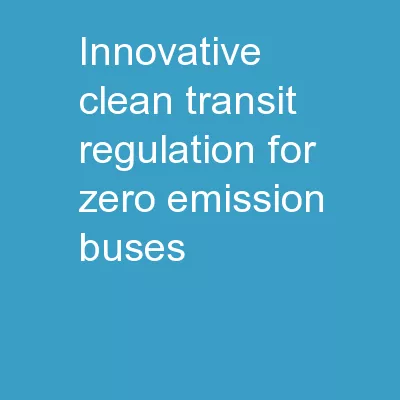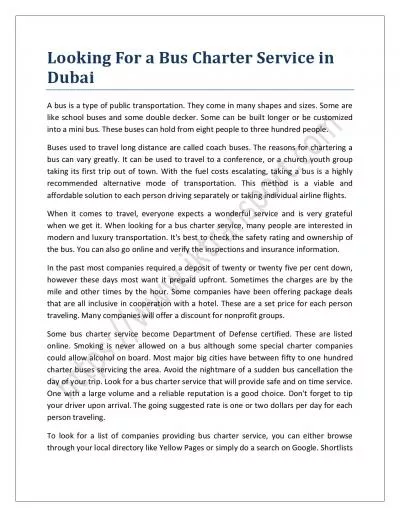PPT-BUS RAPID TRANSIT
Author : celsa-spraggs | Published Date : 2016-02-22
BUS RAPID TRANSIT Silicon Valley Leadership Group October 3 2012 BUS RAPID TRANSIT Mixed Flow Configuration 2 Dedicated Lane Configuration Cities Choose Street Configuration
Presentation Embed Code
Download Presentation
Download Presentation The PPT/PDF document "BUS RAPID TRANSIT" is the property of its rightful owner. Permission is granted to download and print the materials on this website for personal, non-commercial use only, and to display it on your personal computer provided you do not modify the materials and that you retain all copyright notices contained in the materials. By downloading content from our website, you accept the terms of this agreement.
BUS RAPID TRANSIT: Transcript
Download Rules Of Document
"BUS RAPID TRANSIT"The content belongs to its owner. You may download and print it for personal use, without modification, and keep all copyright notices. By downloading, you agree to these terms.
Related Documents

